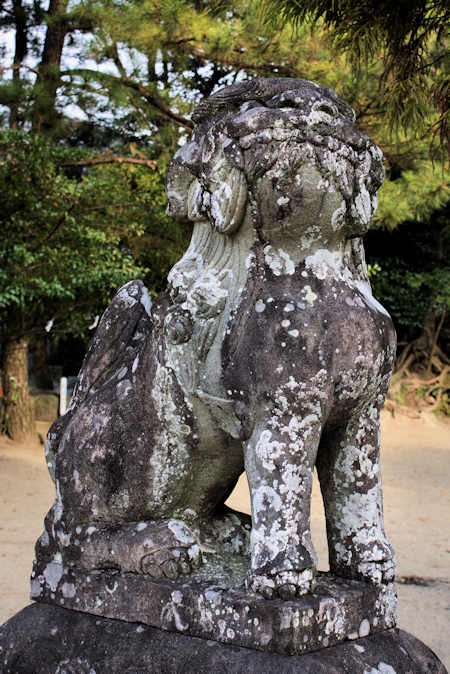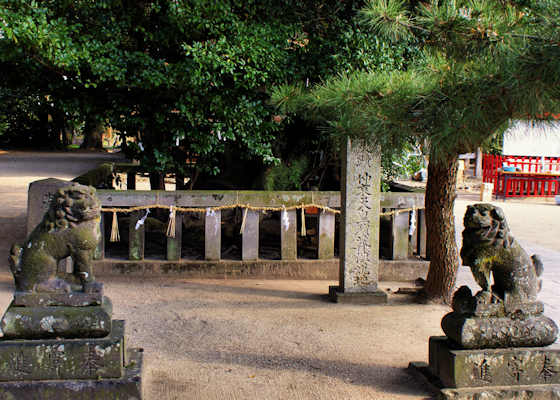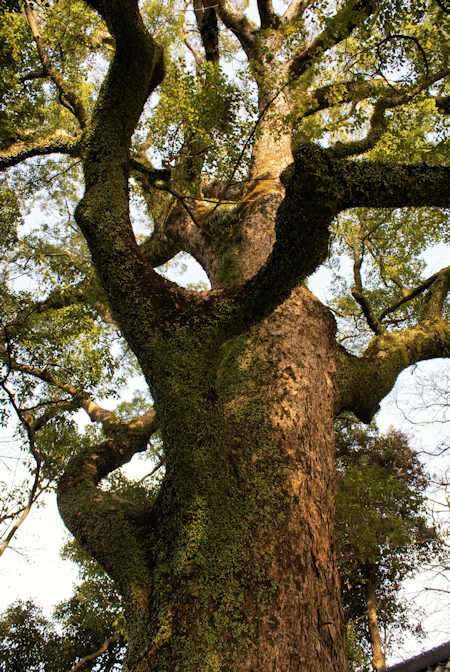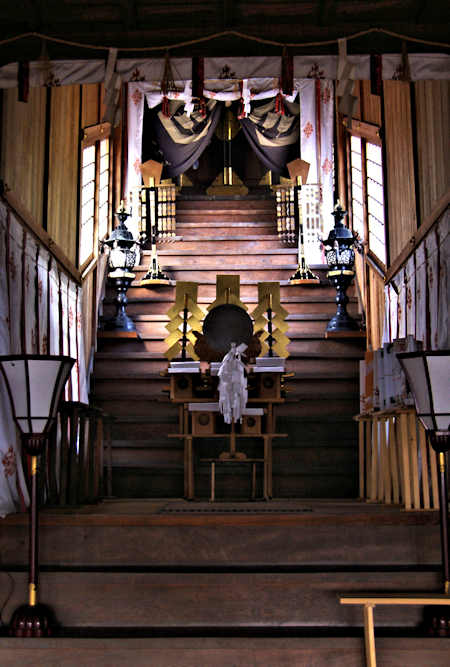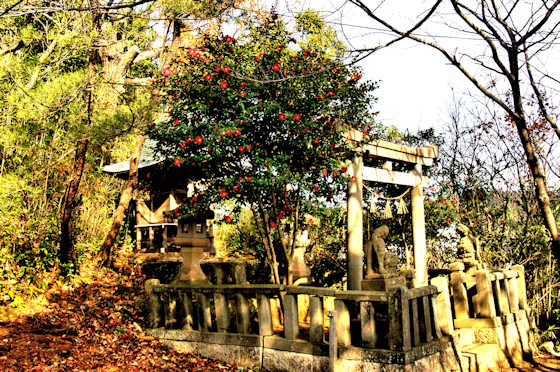Showing posts with label engi shiki. Show all posts
Showing posts with label engi shiki. Show all posts
Friday, December 13, 2024
Kameyama Hachimangu Shrine Ikeda
Labels:
engi shiki,
Hachiman,
komainu,
shodo88,
shodoshima,
Shrine,
torii
Saturday, October 29, 2022
Misetaireiseki Shrine & the Myth of Empress Jingu
Misetaireiseki Shrine & the Myth of Empress Jingu
There is absolutely zero historical evidence of such an invasion, but in the 20th century, the Jingu myth was used to justify the occupation of Korea.
According to the myth, she took with her a stone containing the spirit of Chuai, and on her return left it here and founded the shrine to protect Korea.
The third photo is of the rock around which the shrine is based. The 6th photo is inside the Awashima Shrine in the grounds. Misetaireiseki Shrine is one of only a few shrines in the Chikugo region that were listed in the Engi Shiki, which means it used to be quite important.
Thursday, January 27, 2022
Kokubunji Byakuraku Shrine
Kokubunji Byakuraku Shrine
The shrine is listed in the tenth century Engishiki, which means it received offerings from the cetral government.
Labels:
engi shiki,
Hachiman,
iwami33,
kokubunji,
komainu,
shimenawa,
Shrine,
torii,
wakeikazuchi
Friday, December 28, 2018
Tsunomaki Shrine
On the 20th day of my walk around Kyushu I was attracted to splashes of color on a hillside. This was Tsunomaki Shrine, and the hillside had been denued of trees and replaced with Azalea bushes which, along with some cherry trees, were blooming.
The shrine has been here for a long time as it is listed in the Engi Shiki, a tenth Century document that listed shrines receiving offerings from the central government.. The kami now enshrined here include Amenominakanushi, Takamimusubi, and Kamimusubi, all kami that the Kojiki lists as creators of the universe, but which only became enshrined in shrines in the late 19th Century when the government removed all traces of Buddhism as well as local deities.
The shrine is known for protection of livestock and includes a memorial to the cows that were slaughtered during a recent outbreak of Foot & Mouth Disease
Labels:
amenominakanushi,
engi shiki,
kamimusubi,
kyushu108,
makimitama,
Shrine,
takamimusubi
Tuesday, August 28, 2018
Nibehime Shrine
Nibehime Jinja
On the third day of my walk along the Iwami Kannon Pilgrimage I started the day at Shizuma with a visit to the main shrine in the village. To all outward appearances just a small village shrine, with a large shimenawa in Izumo style. However this was a relatively important shrine in the past.
It's listed in the Engi Shiki, a tenth Century document that, amongst other things, lists all the shrines in Japan that were receiving official offerings from the central government in Kyoto. The shrine also has some interesting kami enshrined here.
The main kami is Haniyasuhime, the female of the pair of kami known as kami of the soil. According to one version of the myth the two kami were created out of the feces of Izanami after she was killed by the kami of fire. The agricultural reference is pretty obvious.
Another couple of female kami are enshrined here also, Oyatsuhime and Tsumatsuhime, both daughters of Susano who arrived near here from the Korean Peninsula along with a Susano son, Isotakeru. All three landed not far from here near the village named after Isotakeru, Isotake. The three kami are known for spreading the seeds of useful trees they brought with them.
Labels:
engi shiki,
haniyasuhime,
iwami33,
okuninushi,
oyatsuhime,
shimenawa,
Shrine,
Tsumatsuhime
Wednesday, February 18, 2015
Kurami Shrine
In the grounds were two aktars to Kojin, neither of which seemed particularly fresh.
Labels:
engi shiki,
hayatsumuji,
Izumo Fudoki,
izumo33,
kojin,
Shrine,
Susano,
takaokami,
takeminakata,
tsurugihiko,
ukanomitama
Saturday, February 7, 2015
Take Shrine
Labels:
engi shiki,
futsunushi,
izumo33,
kojin,
Shrine,
takemikazuchi
Tuesday, December 30, 2014
Manai Shrine
Labels:
amatsuhikone,
engi shiki,
inari,
izanagi,
Izumo Fudoki,
izumo33,
Shrine
Sunday, November 16, 2014
Iya Shrine
Iya Jinja
There are some secondary shrines in the grounds including two Ebisu shrines and a Tenmangu, but the most interesting is the Karakuni shrine. Karakuni means "Korea", and there are quite a few of them in the Izumo area, and they enshrine Susano and his son Isotake. According to Izumo mythology they both came to Izumo from the Korean Penisula and also made visits back there, something that is widely ignored by the nationalists here.
There is also an altar to Kojin and an Inari shrine, but I will post on them next.
Labels:
ebisu,
engi shiki,
futsunushi,
isotake,
izanami,
Izumo Fudoki,
izumo33,
karakuni,
kotoshironushi,
okuninushi,
Shrine,
sukunahikona,
Susano,
takeminakata,
tenmangu
Subscribe to:
Posts (Atom)











